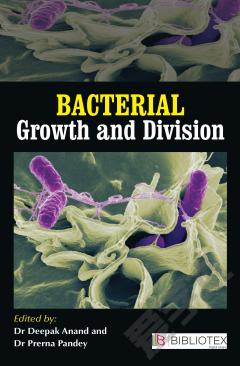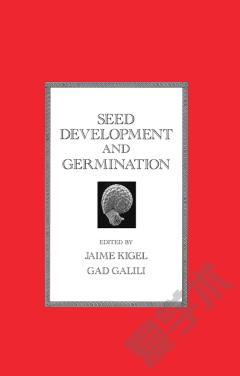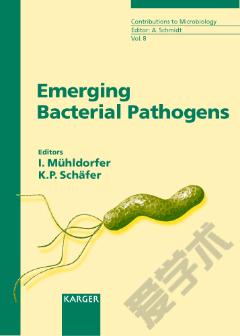Bacterial Growth and Division
A dividing bacterial cell must, on average, have precisely twice as much of everything found in a newborn cell. How does a bacterial cell ensure that all cell components are duplicated between divisions, and how does a cell ensure that it does not divide prior to duplicating all of its components? These questions have been investigated by studying biosynthesis of cell components during the division cycle. Cell cytoplasm increases uniformly and exponentially during the division cycle. There does not appear to be any cell-cycle-specific syntheses of cytoplasmic components during the division cycle of a well-studied bacterium such as E. coli . DNA replication is initiated at a specific time in the division cycle when the cell mass per chromosome origin reaches a particular value. Once initiated, DNA replicates at a constant rate such that the time between initiation and termination of replication is relatively independent of the growth rate. The time between termination of replication and cell division is also relatively constant. High-copy plasmids replicate throughout the division cycle and low-copy plasmids replicate at a particular time during the division cycle according to rules similar to that for initiation of chromosome replication. The cell surface grows in response to the increase in cell mass so that the turgor pressure inside the cell, and the cell density, are constant during the division cycle. At division, the components of the cell are segregated to the two daughter cells. The cytoplasm segregates randomly, the DNA segregates stochastically but nonrandomly, and the peptidoglycan segregates in a manner consistent with the fixed location of the synthesized peptidoglycan. The key âeventsâ during the division cycle are the initiation and termination of DNA replication and the initiation and termination of pole formation. There do not appear to be other cell-cycle-specific events or syntheses during the division cycle that are related to the regulation of the division cycle. Keywords: C-period; D-period; Multiple Forks; Cytoplasm; Peptidoglycan; Cell Membrane; Segregation; Origin; Terminus; Bidirectional Replication; GC-skew; FtsZ Ring
{{comment.content}}








 京公网安备 11010802027623号
京公网安备 11010802027623号